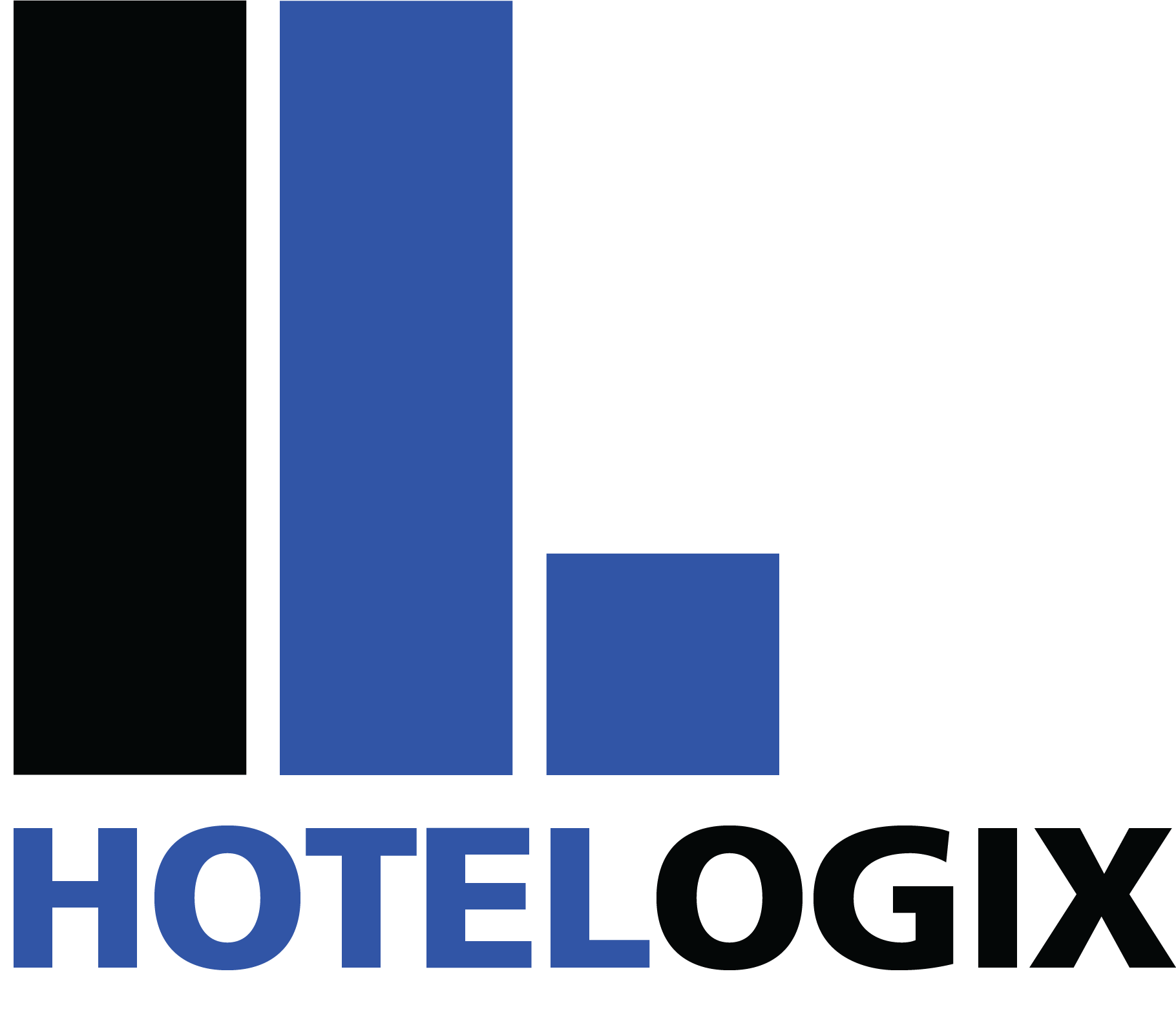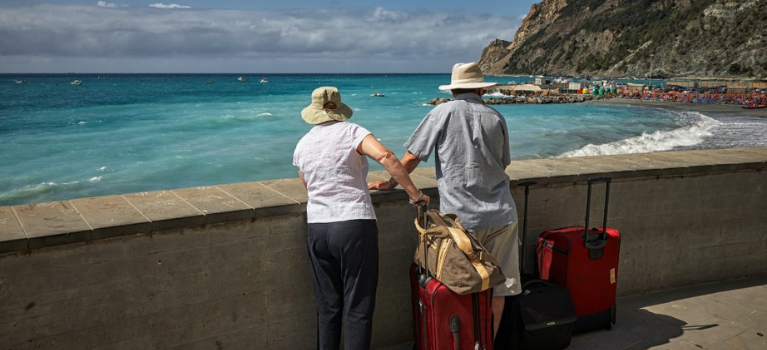Creating the right marketing strategy for your hotel has become a meticulous task. Guest experience is becoming more personalized and customized, especially post-COVID. Even the slightest mistake can lead to a potential marketing disaster. With social media, guests have the privilege of reporting their experiences to a larger audience with minimum effort. This can negatively impact your online reputation. So how do we personalize the guest experience with minimum errors and ensure an unlimited supply of happy hotel guests? The answer lies in the guest list itself, of course.
What Are Hotel Guest Segments?
A hotel guest segment is a set of characteristics that make up a fictional person which resembles your target audience. This fictional person is the archetype of different travel personas made from analysing data and insights from hotel staff about previous guests.
Creating different travel personas will help you improve the guest experience, boost revenue and occupancy, improve reviews and ratings, and earn repeat business.
With the right technology, guest data can be utilized to create hotel guest segments. Using big data and AI, hoteliers can create different travel personas to understand their guests better. These segments can then be used to optimize guest experience.
How to create different travel personas?
A standard format for developing travel persons is a one-page profile which includes a made-up name, a fake picture, a short biography, and any other relevant information that you can gather that fits this type of person.
To get you started, here is a check-list of information you will need –
1. Basic Details:
This includes the most obvious demographic information like name, age, sex, nationality, ethnicity, etc. Besides the mandatory details, information about their profession, educational background, political orientation, etc is also considered useful for planning.
2. Purpose of Stay:
Once you have the basic information in place, you need to start asking questions to understand their intent and decision-making.
- Why does such a guest choose to stay at your hotel?
- Is it for business or leisure purposes?
- Are they attending any events nearby?
3. Behaviors, Motivations & Frustration:
While the data you collect will be extremely useful in creating different travel personas, it won’t help you get a complete picture. Talking to your hotel staff and involving them will help to create accurate hotel guest segments, based on their experiences.
5 Most Common Travel Personas That You Can Expect To Interact With –
Let’s take a look at a few common types of hotel guests
1. The Green Traveller
With the growing emphasis on the global climate crisis, it is no surprise that there are many travellers who are concerned about their carbon footprint generated. Green Travellers are the one who are looking for innovative ways to minimize their contribution to global warming, especially during their travels. These green travellers are focused on sustainability and are conscious about the environmental impact they create on the local ecosystems. These travellers are cautious about the kind of transportation they use or opt for “greener” options for their stay.
2. The GenZ Guest
Gen Z is the next-generation traveller, normally aged between 16-21 years. This segment is mainly made up of spring-break university students, backpackers, and recent graduates. More often than not, these travellers are on a long-term vacation or staycation (as they like to call it). While these types of guests are budget-conscious, they expect the availability of WiFi, tech-friendly spaces, and advanced lobby technology.
Gen Z’ers are also known to travel for experiences rather than leisure. Organizing social events, adventure sports, hiking, etc are likely to earn their loyalty rather than focus on luxury alone.
3. The Digital Nomads
Due to the insurgence of the global coronavirus, remote working and hybrid working models are now more common than ever. This means that many professionals are free to do what they love most – travel, while simultaneously working. This type of travellers rarely travel in groups and focus on the availability of Wi-Fi and the flexibility of both working and “playing” at the same place.
Digital Nomads also crave the feeling of community- help them out by providing them with a list of experiences, festivals, and other events in your local community to help them get the “authentic” experience.
4. The Business Traveller
Business travellers or corporate travellers are those guests who are on work-related trips. Business travellers are generally less concerned with budget, and more focused on the amenities and value offered for the price. These guests also prioritise efficiency and self-service above all else- in order to cater to their tight schedules.
5. Vacationing Families
Families that travel need hotels to cater to inter-generational needs. Hotels need to manage the expectations of everyone from boomers to millennials to Gen-Zs. Hotels catering to these families need to set their priorities and styles. Families generally have a well-laid-out plan and a strict budget, and getting value for money is the most important thing to them. Kid-friendly environments and larger rooms are perfect to accommodate families and upsell packages.
Conclusion
It is a challenge to analyze and study each individual guest to understand their needs and motivations. This is the reason we develop different travel personas by grouping individuals with similar motivations, behaviour patterns, lifestyle choices and service needs. Making different travel personas helps hoteliers understand their guests better, and use this information to build better marketing strategies, service delivery and improve the overall experience.


